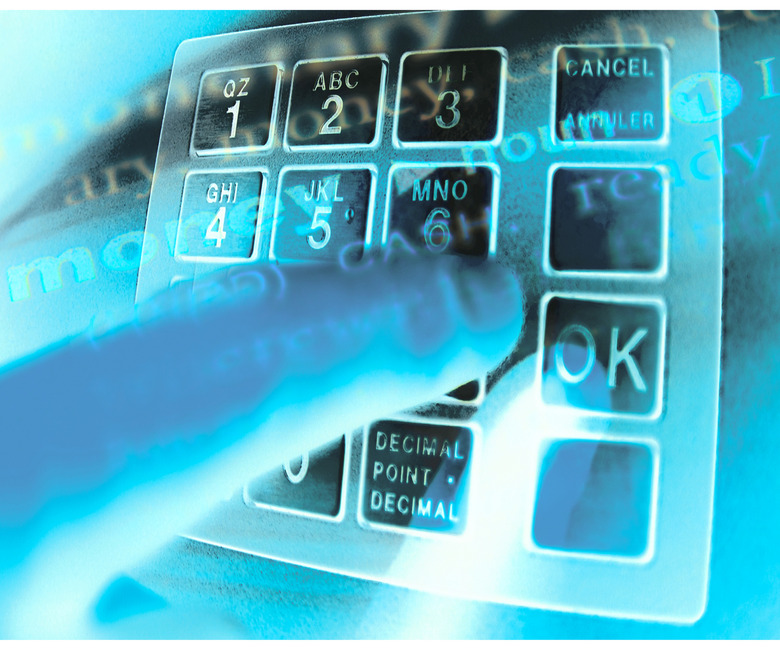How To Convert A Fraction To A Decimal
Converting fractions to decimals is a common mathematical operation, often done to simplify certain calculations or make conversions easier. Such operations may seem intimidating, especially for those who've been out of school for a while. Fortunately, converting fractions to decimals can easily be done by following a few simple steps.
Step 1
It is important to first be able to recognize the numerator and denominator in a fraction before you can learn to change a fraction to a decimal. The numerator is always the number on top in a fraction. For example, in the fraction 3/4, 3 is the numerator. The denominator is always the number on the bottom of a fraction and represents the number of parts into which one "whole" is equally divided. If you think about a pizza that is cut into 4 slices, the 4 represents how many equal parts into which the whole pizza is divided. In the fraction 3/4, 4 is the denominator.
Step 2
To change a fraction to a decimal, simply divide the numerator by the denominator. So, to change 3/4 into a decimal, we would divide the numerator (3) by the denominator (4). Thus, 3/4 = .75.
Step 3
Let's look at another example. To convert 1/2 into a decimal, we would divide the numerator (1) by the denominator (2). Thus, 1/2 = .50. Any fraction can be converted into decimal form by simply following the above steps. There will be times when the fraction does not convert into an even decimal, as in the fraction 2/3, but the conversion is done exactly the same. Thus, 2/3 = .667; the repeating 6 in this example has been rounded to 7.
Cite This Article
MLA
Contributor, . "How To Convert A Fraction To A Decimal" sciencing.com, https://www.sciencing.com/convert-fraction-decimal-4864118/. 24 April 2017.
APA
Contributor, . (2017, April 24). How To Convert A Fraction To A Decimal. sciencing.com. Retrieved from https://www.sciencing.com/convert-fraction-decimal-4864118/
Chicago
Contributor, . How To Convert A Fraction To A Decimal last modified August 30, 2022. https://www.sciencing.com/convert-fraction-decimal-4864118/
